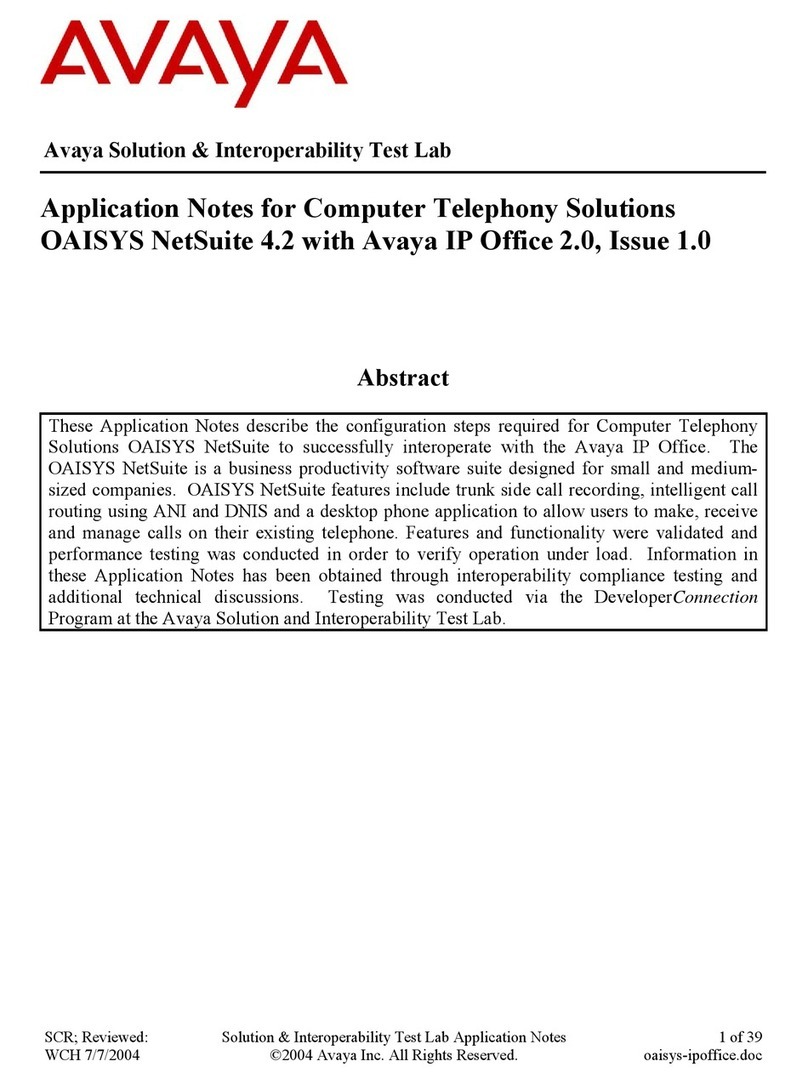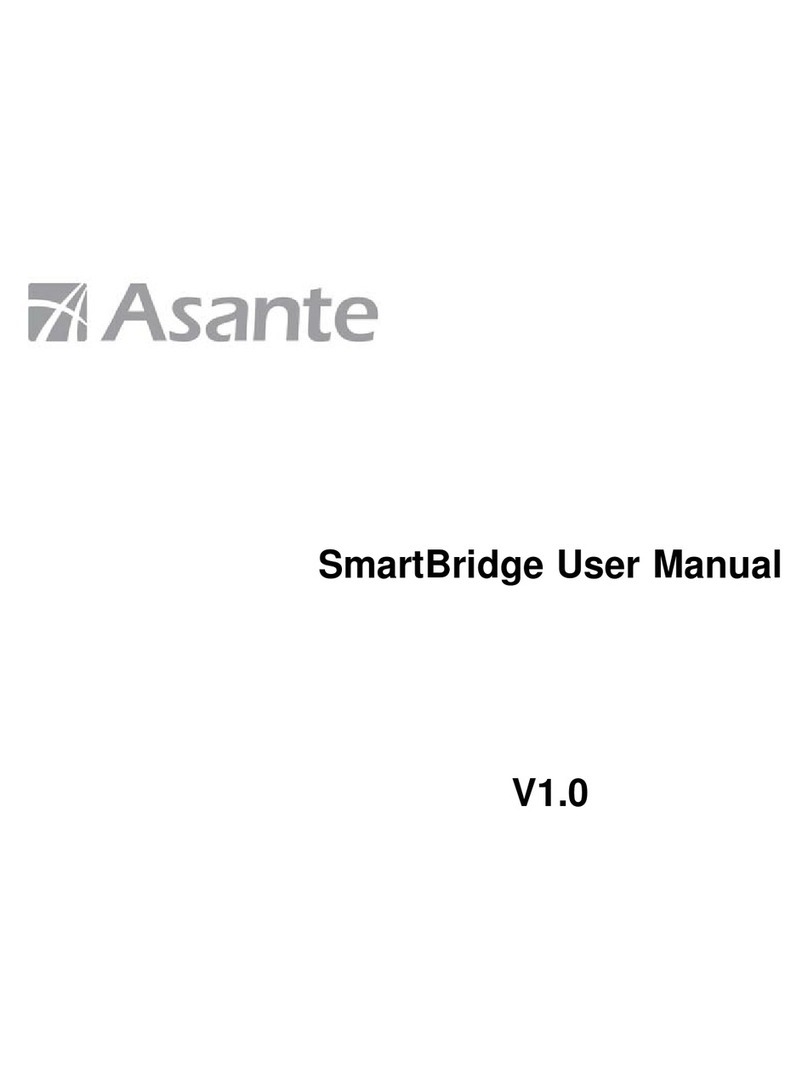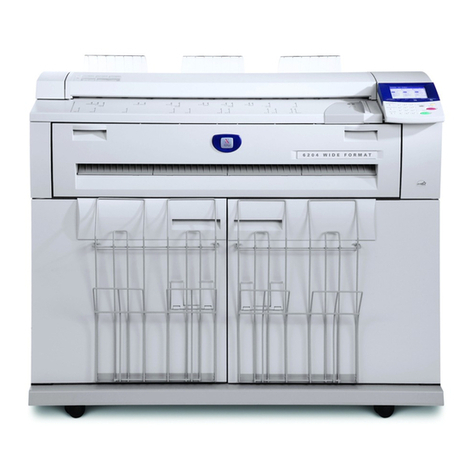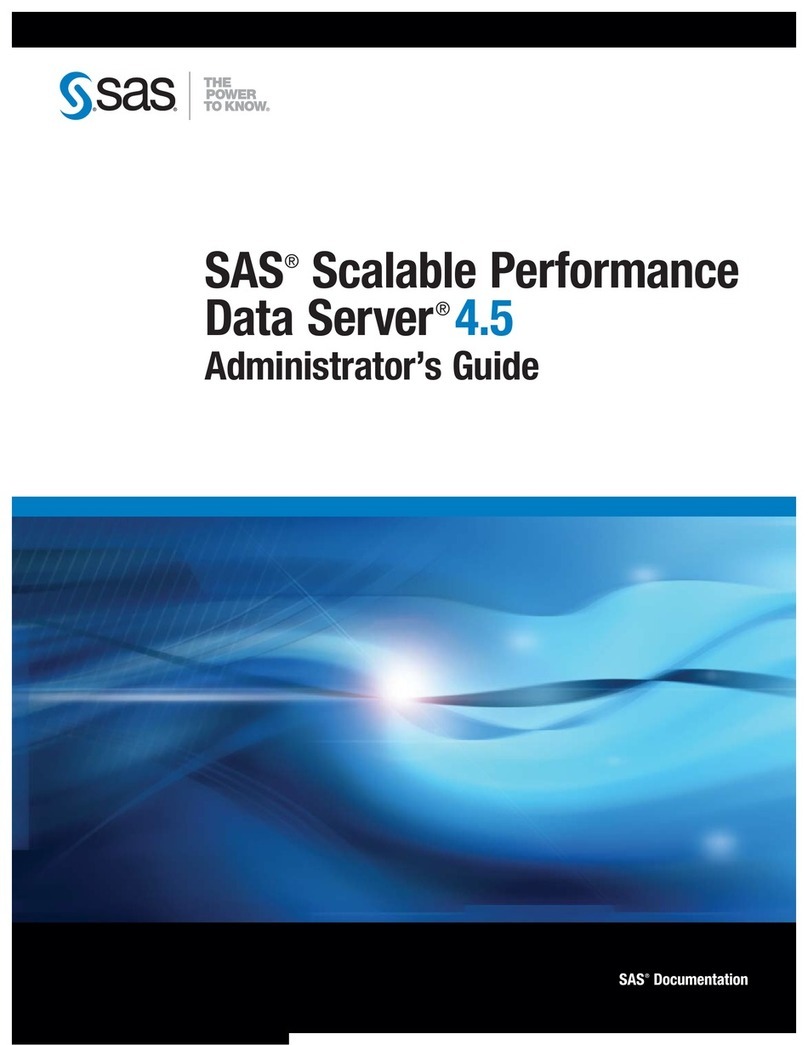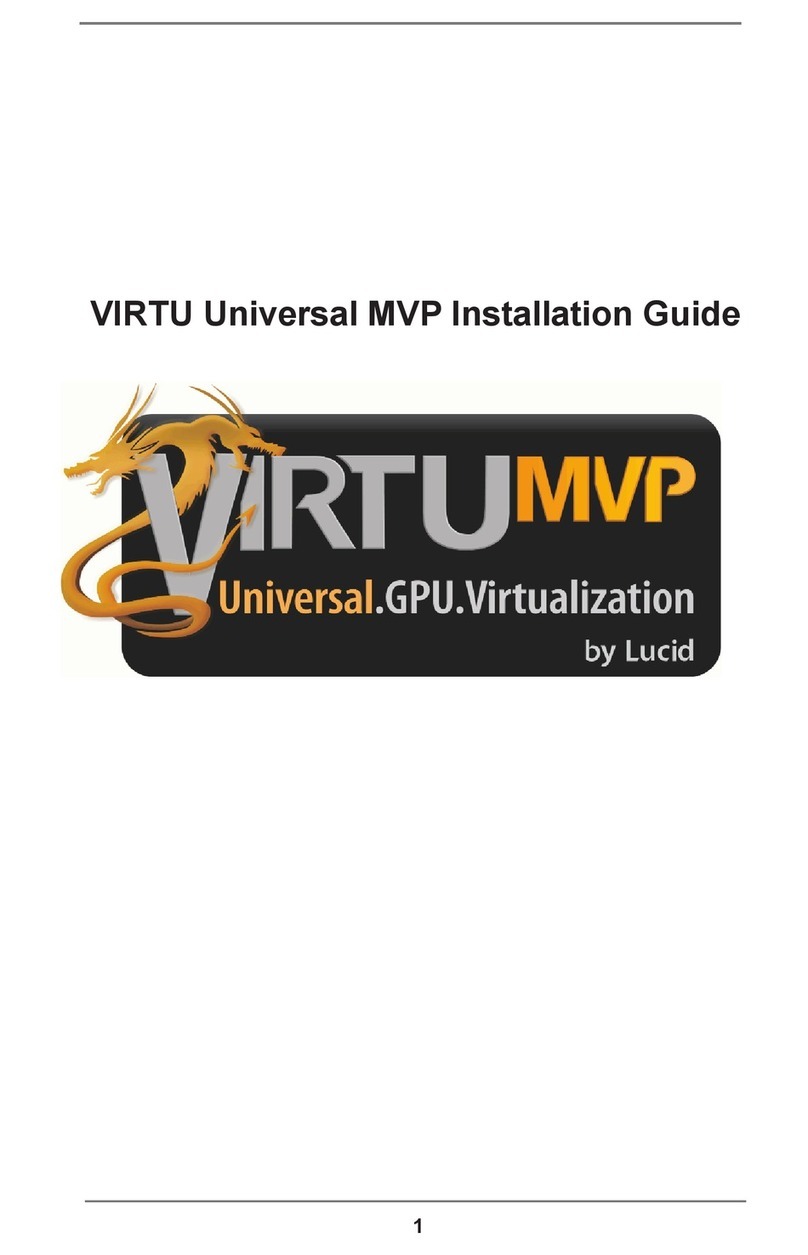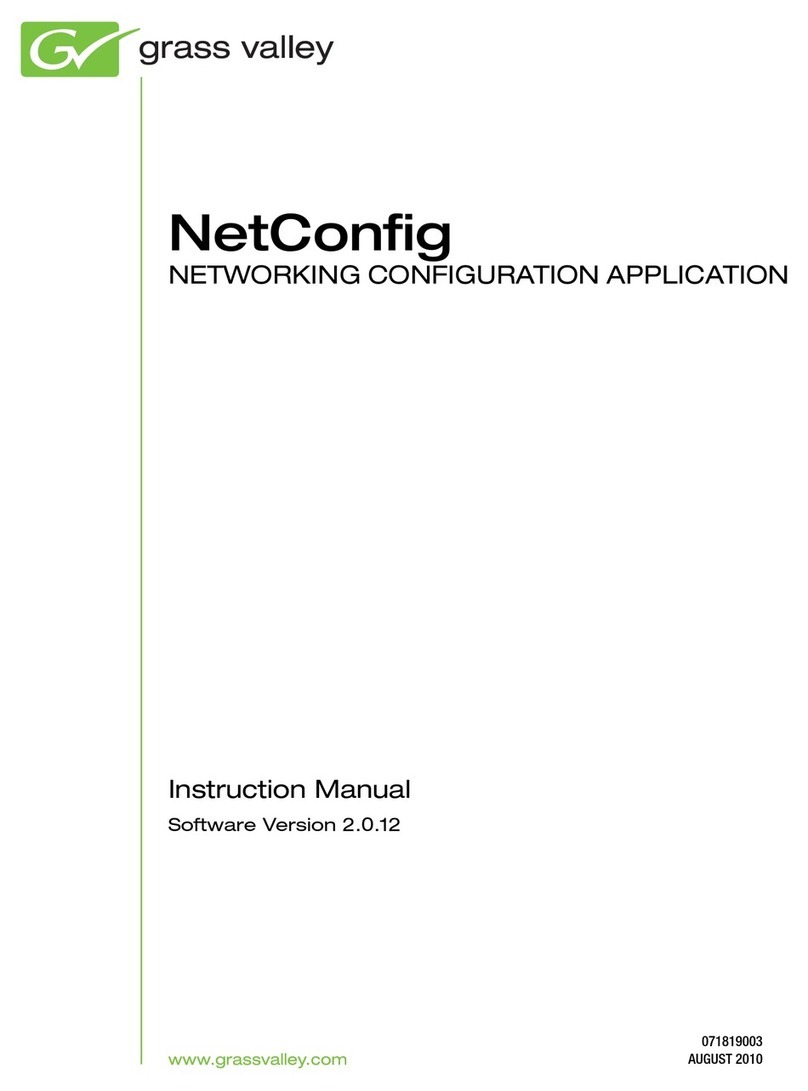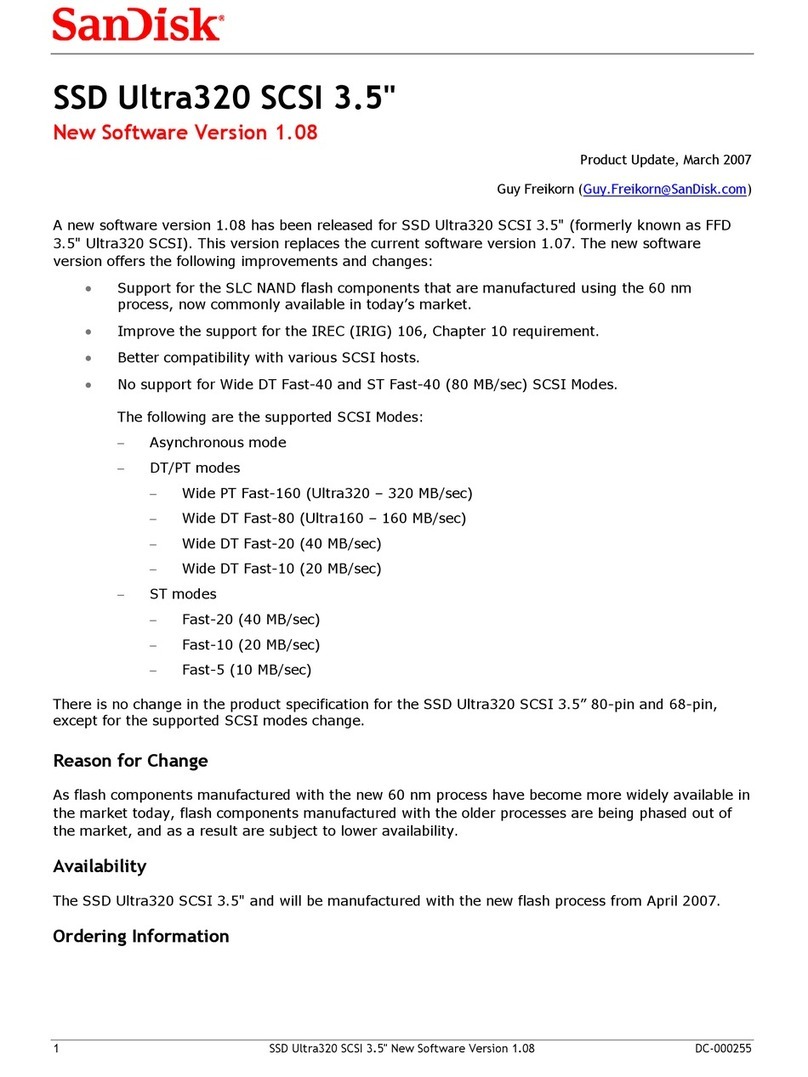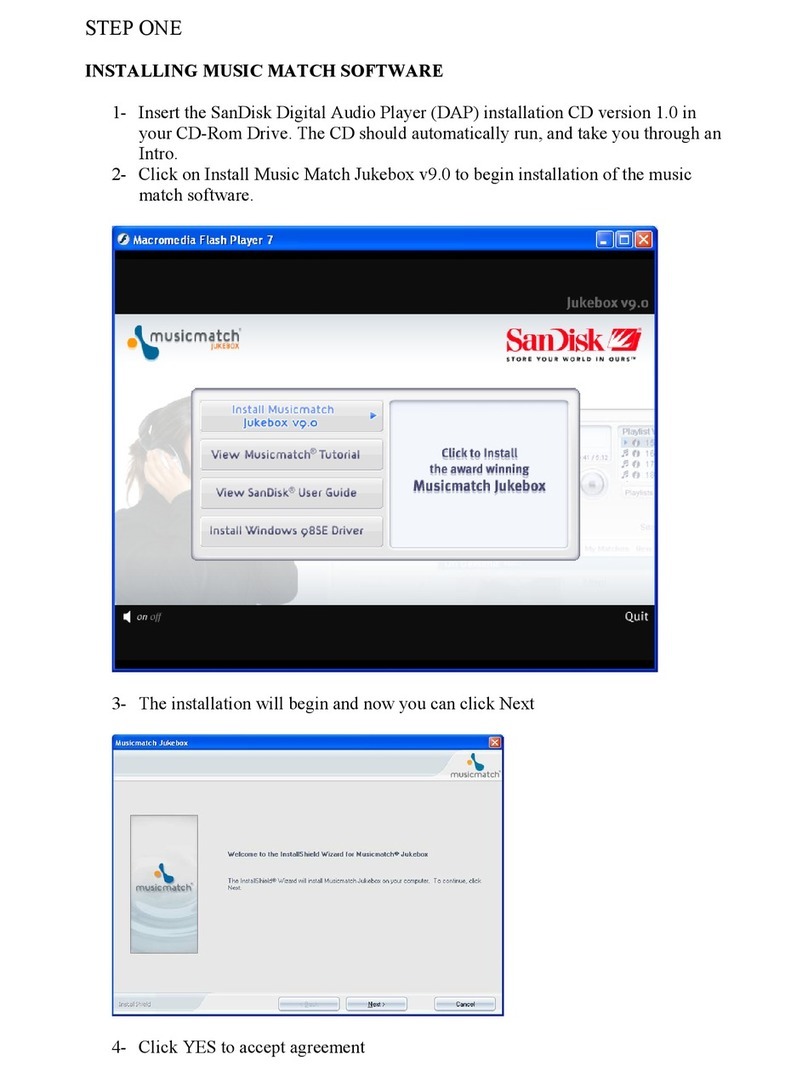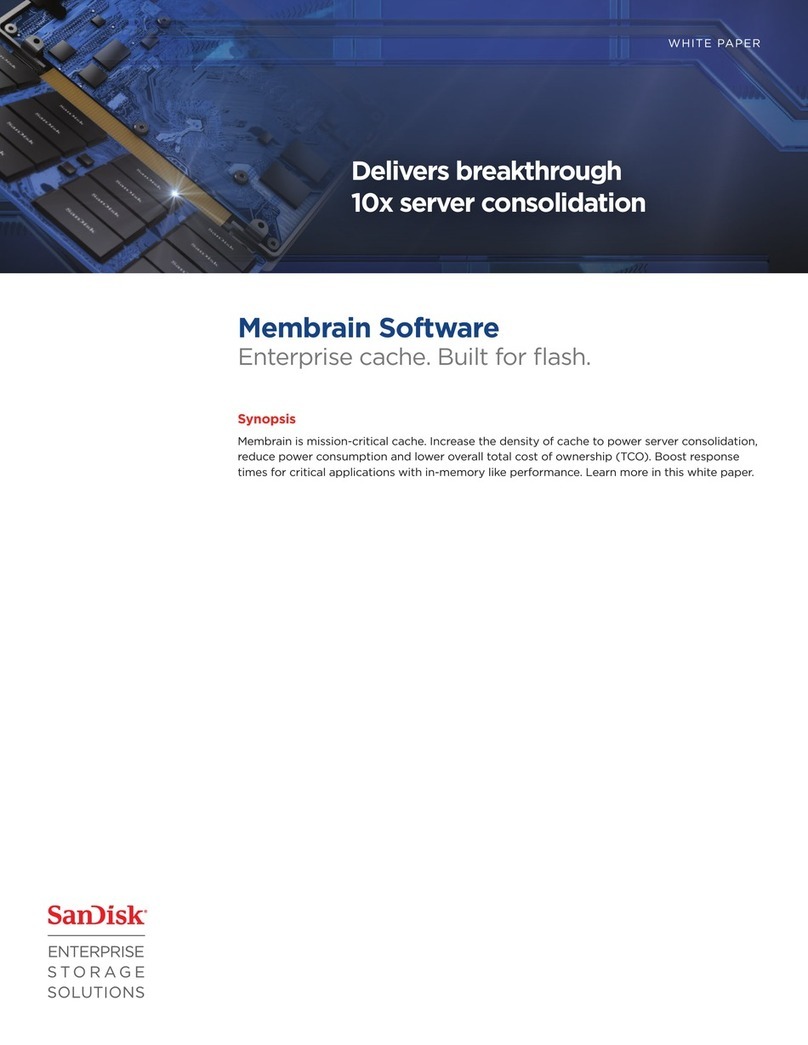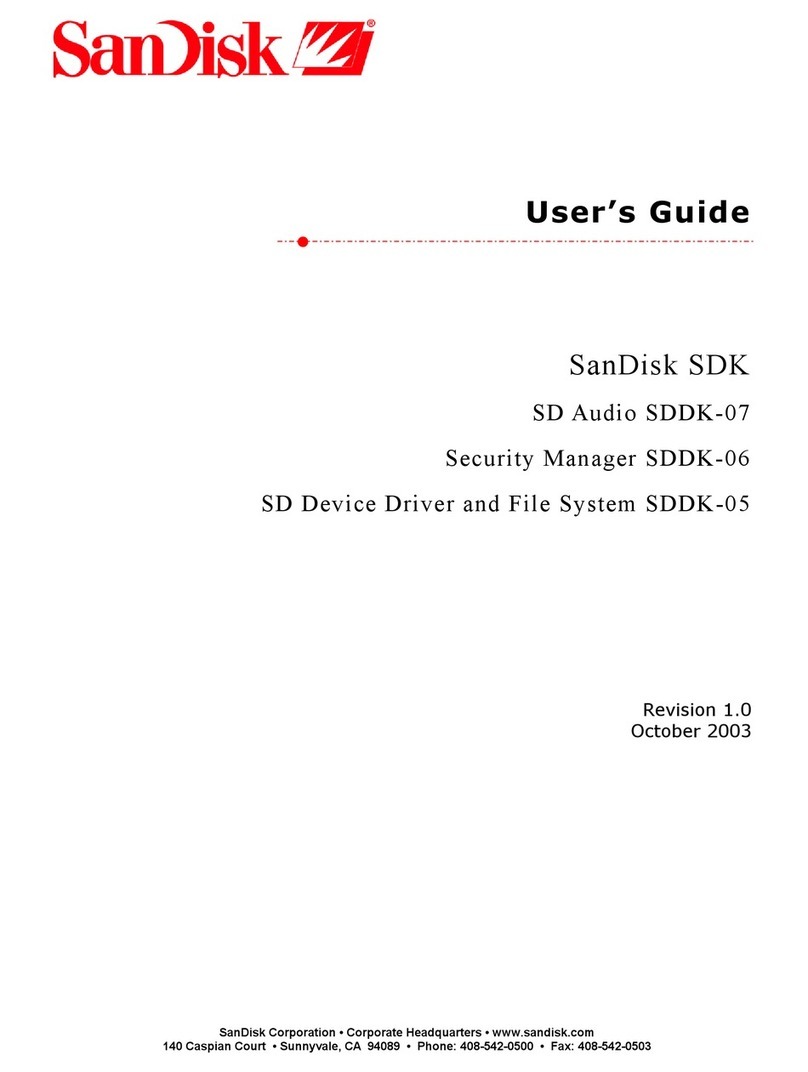
Lab Validation: SanDisk FlashSoft 2
© 2012 by The Enterprise Strategy Group, Inc. All Rights Reserved.
Contents
Introduction..................................................................................................................................................3
Background............................................................................................................................................................... 3
ESG Lab Validation ........................................................................................................................................5
Getting Started ......................................................................................................................................................... 5
Manageability........................................................................................................................................................... 7
Application Performance........................................................................................................................................ 11
Density Scale........................................................................................................................................................... 13
ESG Lab Validation Highlights.....................................................................................................................15
Issues to Consider.......................................................................................................................................15
The Bigger Truth .........................................................................................................................................16
Appendix.....................................................................................................................................................17
All trademark names are property of their respective companies. Information contained in this publication has been obtained by sources The Enterprise
Strategy Group (ESG) considers to be reliable but is not warranted by ESG. This publication may contain opinions of ESG, which are subject to change from
time to time. This publication is copyrighted by The Enterprise Strategy Group, Inc. Any reproduction or redistribution of this publication, in whole or in
part, whether in hard-copy format, electronically, or otherwise to persons not authorized to receive it, without the express consent of The Enterprise
Strategy Group, Inc., is in violation of U.S. copyright law and will be subject to an action for civil damages and, if applicable, criminal prosecution. Should
you have any questions, please contact ESG Client Relations at 508.482.0188.
ESG Lab Reports
The goal of ESG Lab reports is to educate IT professionals about data center technology products for
companies of all types and sizes. ESG Lab reports are not meant to replace the evaluation process that should
be conducted before making purchasing decisions, but rather to provide insight into these emerging
technologies. Our objective is to go over some of the more valuable feature/functions of products, show how
they can be used to solve real customer problems, and identify any areas needing improvement. ESG Lab’s
expert third-party perspective is based on its own hands-on testing as well as on interviews with customers
who use these products in production environments. This ESG Lab report was sponsored by SanDisk.

